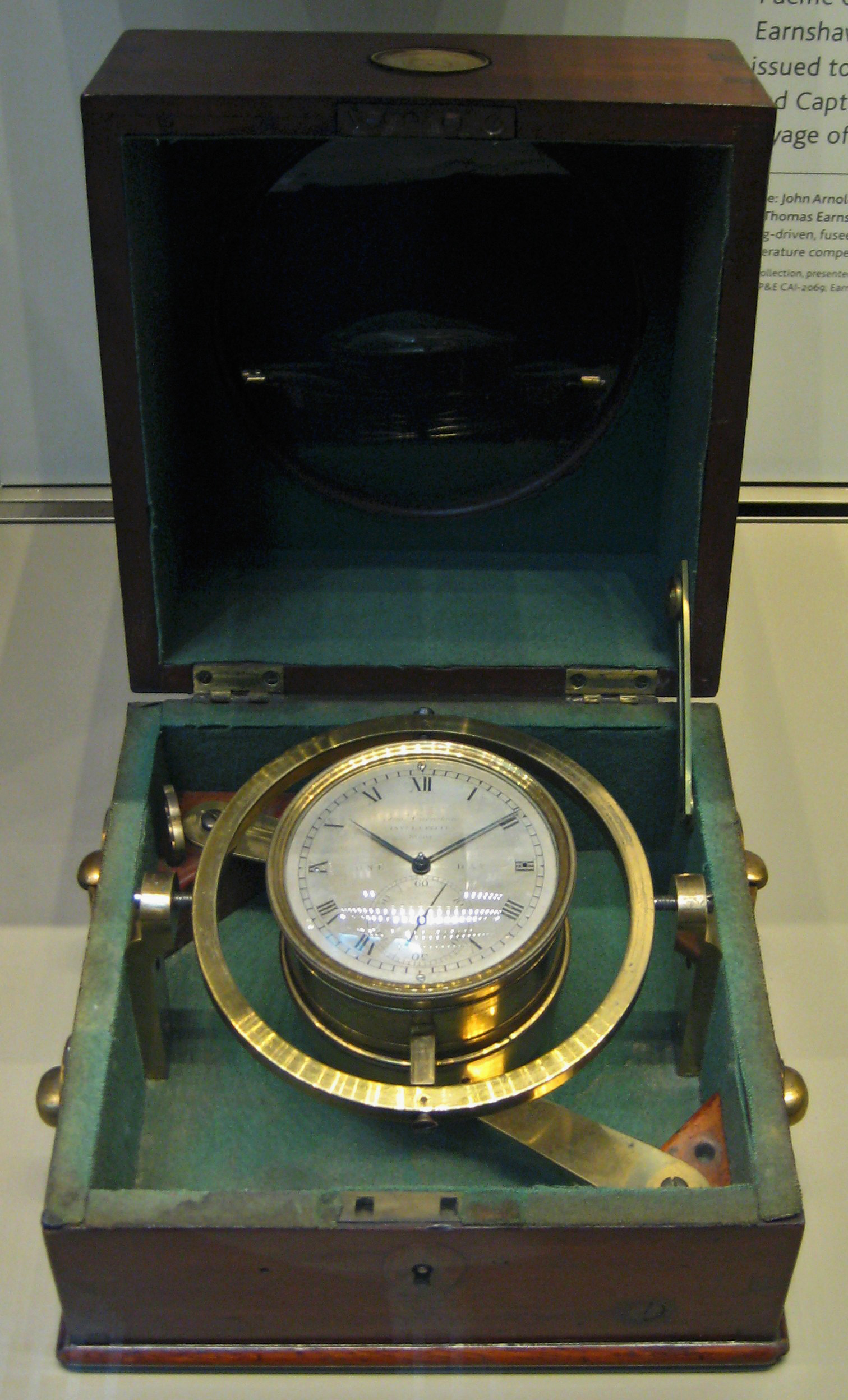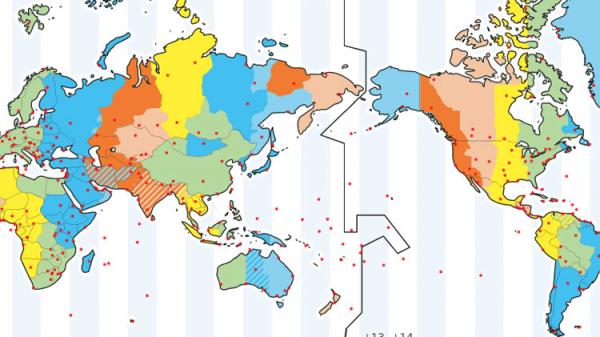
What are World Time Zones?
Share
Time zones are ranges of longitude across the world where a standard time is observed. Depending on where you are in the world, you will have a different time of day. Time zones unify local times in their range.

Interested in teaching time zones? Working with children in lower elementary?
Head on over to our sister post: Teaching Time Zones Hands-on for Ages 6-9
Or check out our Time Zone Bundle.
Contents
Why are There World Time Zones?
Short answer: to make global business easier for Western countries by standardising time across the world.
Long(er) answer:
In the 19th century, travel by railway and steam- or coal-powered ships meant that people covered large distances in unprecedented short amounts of time.
Up to then, methods of keeping time (normally by means of the sun) were by nature very localised. America alone had 300 different local times! Western travellers and business people had a hard time navigating this chaos until a Canadian, Sir Sandford Fleming, proposed a unified system of time zones in 1878.
It took a few decades and committed efforts by Western governments, but the time zones were implemented across the world, erasing many traditional and indigenous ways of keeping time in the name of progress and efficiency.

So How do Time Zones Work?
The Sun Causes Night and Day
The side of Earth facing the sun is lit up and experiences day. The side of Earth facing away is dark and experiences night.
Earth’s Rotation Makes Time Pass
Earth rotates eastward (anti-clockwise, if you were to look at the North Pole from above). This is why the sun seems to travel across the sky from east to west.
Places further east therefore see the sun earlier than places to the west. So, Australia will have the sun rise while Africa is still dark. Therefore, different locations on Earth have different times of the day.
Western Navigation: Lines of Longitude
To improve their navigation, especially at sea, European explorers marked imaginary lines of longitude across the globe.
Each of these meridians runs through the poles, splitting the Earth in half. They are measured in degrees.
One Day (Rotation) Takes 24 Hours
Because the Earth completes one rotation (360º) in 24 hours, Sir Fleming proposed to divide the Earth into 24 zones of one hour and 15º each. This way, each time zone could still have their standard time be such that noon would be exactly when the sun was at its zenith there.
Finding the Prime Meridian

Because the lines of longitude used to mark time zones are a human invention, they can be measured anywhere on Earth. For a long time, for example, France used its capital, Paris, as the reference meridian to calculate time zones and lines of longitude.
However, the Greenwich Observatory in the United Kingdom had a history of providing accurate data and time, so eventually the Greenwich Mean Time (GMT) and its longitude was adopted by most countries as the prime meridian and reference time zone.
Time Zones Today
GMT is no longer the reference time for our clocks and time zones. In fact, it is just a time zone used by a few countries. We now use UTC, or Coordinated Universal Time, which is calculated as a combination of International Atomic Time (TAI) and Universal Time (UT1) – the actual length of an Earth Day.
UTC is a time standard, not a time zone. No country “uses” UTC, but every country’s time is based on UTC. Today, there are 37 time zones in use, and they often don't match up with their actual lines of longitude, but follow national and international borders.

A Brief History of Time
Before Clocks
For many millennia, humans observed time passing by changes in nature: the seasons (called a solar year), the setting and rising of the sun (a solar day), and the waxing and waning of the moon (a lunar month).
Depending on where you lived in the world, some ways of measuring time worked better than others: closer to the equator, the lunar month was more reliable, whereas further north and south (where agriculture was important), the solar year was used.

The Ancient Egyptians based their calendar on the solar year and the appearance of special star groups called decans. Around the time of the annual flooding of the Nile, there were 12 decans (constellations) in the sky.
This was important because it led to the development of temporal hours: the division of night and day into 12 equal parts each. They varied with the seasons, summer hours being long and winter hours being short. Only on the spring and autumn equinoxes were both dark and light hours equal.
Adopted by the Romans, temporal hours were spread throughout Europe and used for over 2,500 years. Sundials and water clocks were used to measure temporal hours.
People also used incense clocks (China), astrolabes (Persia), candle clocks or hour glasses. You can find a detailed history of time-keeping devices here.

Mechanical Clocks in Europe
Medieval Europe was ruled by the Catholic Church, which prescribed rigorous prayer routines and therefore needed consistently reliable ways of measuring time.
The first weight-driven clock was installed in England in 1283. Because it had a mechanism called the “clock escapement” (inventor unknown), it maintained a regulated speed. This made it easier to measure uniform hours rather than temporal hours.
For a long time, different countries started measuring the hours at different parts of the day: Babylon at sunrise, Italy at sunset, for example. Eventually, the French system took over: starting at midnight and dividing the day into two sets of 12 equal hours.
The Pendulum Clock

In the 1660s, the pendulum clock was developed in the Netherlands and provided sufficiently accurate time measurements to start using minutes and seconds. Dividing an hour into minutes and minutes into seconds was adopted from Babylonian astronomers’ work with degrees.
Even though it seems an odd arrangement, Europe adopted it with fervor. In fact, when the Revolution Government in France implemented the metric system in 1790, their attempt at having 10 hours, split into 100 minutes each, and each minute being 100 seconds long survived a whole 16 months before being abandoned.
Portable Clocks
Portable clocks replaced the weight with a spring, kept regular by a device called fusee. This method worked so well that it was used until after 1950.
Measuring Time at Sea
 Sea voyages undertaken by Westerners were a dangerous game of chance, as determining the longitude at sea was difficult. It was possible to do so using the moon, stars and a time reference point but very labor-intensive and weather-dependent.
Sea voyages undertaken by Westerners were a dangerous game of chance, as determining the longitude at sea was difficult. It was possible to do so using the moon, stars and a time reference point but very labor-intensive and weather-dependent.
Having an accurate clock to do the same calculations would be easier, but time-keeping was made harder by varying gravity across latitudes, the violent movement of the ships and massive temperature changes.
After the British government issued a big prize for the person who could solve the problem in 1714, it took 50 years and a very determined carpenter to create the “marine chronometer”. However, by 1790, its design was so flawless that it didn’t need to be updated for over 150 years.
The Hunt for Ever More Accuracy
Towards the end of the 19th century, a German developed a very accurate regulator for clocks, so that they only “lost” a tenth of a second a day.
A few decades later, the free pendulum clock from England kept time to within a second every year. But in 1928, an engineer in New York, USA discovered how to use quartz crystals to measure time. By the 1950s, quartz clocks lost one second every 30 years.
Around the same time, the atomic clock was developed in Washington, D.C. (also USA). It keeps time with an accuracy of one nanosecond a day.
Today, the search for ever greater accuracy continues.

A Brief(er) History of Standard Time Zones
The Western obsession with accuracy, efficiency and uniformity was carried to their colonies, enveloping most of the world.
With the increased use of railroad for travel and the widespread love for pocket watches in the latter 19th century, the varying local times caused by cities observing solar days resulted in a ridiculous amount of confusion.
While the American railroad tried to implement 100 time zones across the United States, Western governments favoured Sir Fleming’s 24 time zones. At the International Meridian Conference in Washington, D.C., USA in 1884, the Greenwich Observatory was adopted as the prime meridian and the reference for time zones, establishing Greenwich Mean Time (GMT).
People across the world weren’t always happy. In Bombay, India, cotton-mill workers protested this new attempt at erasing their traditions and cementing Britain’s rule. This “Battle of the Clocks” lasted nearly 50 years, ending only after India’s independence.

In South Africa, missionaries thought Zulu calendars were wasteful and backwards, so they forbade them from measuring time their own way. In Beirut, the new time mixed with the old, public clocks ringing over the prayer calls of the muezzins and bus schedules had both European and Turkish times.
France, having used Paris as its reference up to then, continued to do so until 1911 (even though their time ended up being identical to GMT). The USA introduced four standard times (Eastern, Mountain, Central and Pacific) in 1883 and made it a law by 1918.
In 1961, using the average time of four atomic clocks across the world, Coordinated Universal Time (UTC) was established. It replaced GMT as the standard time in 1972.

What is Daylight Saving Time?
Daylight Saving Time (DST) – not Savings, like so many people use – is the practice of moving the clocks forward an hour during spring and back again in the fall. During DST, a country’s local time will have “summer” or “daylight” in the name.
It was initially suggested by New Zealander George Hudson and Englishman William Willett in 1895 and 1905, respectively.
The original aim seems to have been to have more time to enjoy the sunshine during summer, but since countries ran on coal back then, it would also have saved fuel.

The Start of Daylight Saving Time
Neither Britain nor New Zealand implemented the plans. It wasn’t until 1916, when Germany started DST during World War I that the idea caught on. The USA introduced DST in 1918 and repealed it again in 1919 after many farmers lobbied against it.
Many countries returned to Standard Time after the war, and re-introduced DST during World War II. Until 1966, when the Uniform Time Act was passed in the USA, there were many cities that observed Daylight Saving Time while their surrounding areas did not.
Who Observes Daylight Saving Time Now?
Currently, there are roughly 70 countries following DST. Many countries closer to the equator do not have it because day and night are fairly close in duration.
In the US, states can choose to observe DST or not. But things are a little confusing in Arizona, which does not have DST, because the Navajo Nation () there does observe the time change.
Find a map of countries using DST here: https://www.worldtimezone.com/daylight.html

What is the International Date Line?

Source: timeanddate.com/time/dateline.html
The International Date Line is halfway around the world from the prime meridian (0º), at 180º east (or west). It is not defined by international law and zig zags across the Pacific Ocean to account for territories and country-specific choices.
Crossing the date line from west to east, you go a day back in time (if you left Tokelau on 3 January, you arrive in Baker Island on 2 January) and vice versa.
A Final Thought
Time differences are something we don't always think about, but they impact our lives a lot. It's important to keep in mind that the standard, uniform way of measuring time we're so used to hasn't been around for long and was imposed on the world by the colonial powers of Europe and America.
